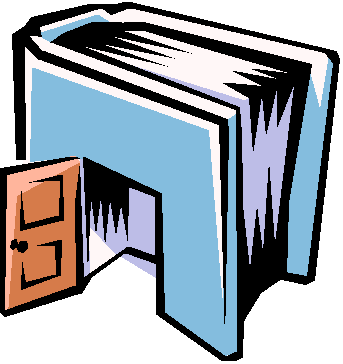
Why Classify?
Library collections are classified for several reasons. One reason is that it is difficult to find library materials unless each item has a place where it belongs—where it can always be found if it is in the library. Another reason is that classification makes a collection browse-able by placing items of similar topics together in the same area of shelving. Also, with a classification number on each library item, staff can easily return materials to the shelves, making them quickly available for the next patron.
The process of classification involves using an established Classification System, created for library use, and applying it to the materials being placed in the library collection. Classification systems are designed to give a numerical, or alphanumerical notation to each item in the library. This notation is designed to indicate the subject matter of the item being cataloged. In addition to the notation from the classification system, library items should also be given an author indicator, made up of letters or letters and numbers that indicate the author’s last name. Some libraries may also add a title indicator, date of publication, and/or a copy number. All of these elements together form what is called a Call Number.

The purpose of the call number is to provide the address for an item in the library. This address is where the staff will be sure to shelve the item, and where the patron can look for the item to use it. This address also allows a patron browsing the collection to find all of the available items on any given topic. The challenge in creating this address, or call number, for each item in the library is that each item can only have one address. This is different from our previous work with Subject Headings, where several different terms could be assigned to the same library item. It becomes the cataloger’s job to determine the specific focus of the item being cataloged, and group various materials dealing with the same topic together, creating an organized, browse-able collection.
Click the arrow below to continue to the next page